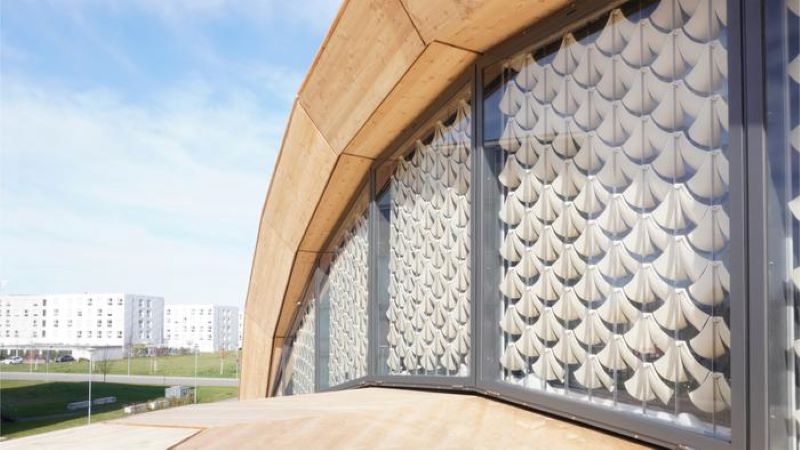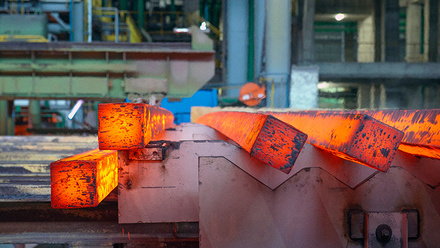Weather responsivity in buildings
A weather-responsive, energy-autonomous, façade system has been developed in Germany.

Researchers at the Universities of Stuttgart and Freiburg have developed the self-adjusting shading system ‘Solar Gate’ to support the climate control of buildings.
The team report to have replicated the anisotropic (direction-dependent) structure of cellulose in plant tissues using standard 3D printers.
They use bioinspired design, natural materials and widely accessible technologies.
The research team has leveraged cellulose's natural hygromorphic property by custom-engineering biobased cellulose fibres and 4D printing them into a bilayered structure.
In high humidity, the cellulosic materials absorb moisture and expand, causing the printed elements to curl and open. Conversely, in low humidity, the cellulosic materials release moisture and contract, causing the printed elements to flatten and close.
This is modelled in the movement mechanisms of pine cones.
Professor Achim Menges at the University of Stuttgart, says, ‘Most attempts at weather responsiveness in architectural facades rely heavily on elaborate technical devices. Our research explores how we can harness the responsiveness of the material itself through advanced computational design and additive manufacturing’.
The Solar Gate was installed on the livMatS Biomimetic Shell, a building demonstrator at the University of Freiburg.
The shading system has been installed on its south-facing skylight, which assists in indoor climate regulation.
During winter, the 4D-printed shading elements open to allow sunlight in for natural heating. In summer, they close to minimise solar radiation.
Powered solely by daily and seasonal weather cycles, this adaptive process operates without any electrical energy supply.







